Okay, let’s take a closer look at the tiny powerhouses quietly keeping our world running. Yes, we’re talking about insects and pollinators. You might swat at a fly or stop to admire a butterfly every now and then, but have you really thought about how incredibly important these little creatures are? Honestly, their work is fundamental not just for pretty gardens or wild landscapes but for the actual food that ends up on your plate. They’re like these unsung heroes, boosting biodiversity and global food security in ways that are, well, kind of mind-blowing when you stop to think about it.
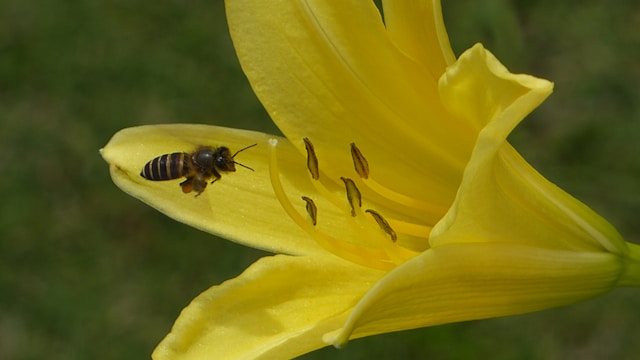
Just imagine for a second: what would the world look like without buzzing bees, fluttering butterflies, or even those beetles and flies we usually overlook? Spoiler alert, it wouldn’t be good. So let’s dive into why these small beings end up having such a massive impact on everything around us.
The Unseen Architects: How Insects Keep Biodiversity Thriving
When most people picture biodiversity, they probably think of elephants in Africa or thick rainforests somewhere far away. But honestly? The real foundation of many ecosystems rests on much smaller shoulders (or wings). Insects and pollinators are the unsung cogs keeping nature’s machine running smoothly.
So what do these insects actually do besides buzz around? Well, more than you’d guess:
- Decomposers: They break down dead plants and animals, turning them into rich soil.
- Food Source: Tons of birds, bats, fish, you name it, depend on insects as their main meal.
- Soil Engineers: Think about ants and termites, they aerate the soil and improve its structure.
- Natural Pest Control: Lots of insects eat other bugs that we consider pests, which helps keep everything balanced.

And just for perspective, the variety of insects out there is absolutely staggering. Every species has its own special role in this crazy web of life. When you’ve got lots of different pollinators around, plant communities tend to be healthier and more resilient. Basically, all these “little” ecosystem services from insects are things we often totally take for granted.
Food on the Table: Pollinators & What We Eat
Ever bite into a juicy apple or sip your morning coffee? That’s all thanks to pollinators! Seriously, the role of pollinators in food security can’t be overstated. Most flowering plants including a huge chunk of our food crops, need animal pollination to reproduce. And who does most of that heavy lifting? Yep mostly insects.
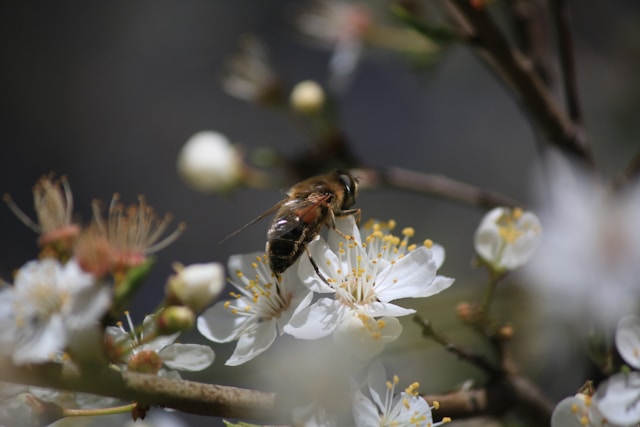
Take bees for example. Honey bees get all the attention (and sure, they’re awesome), but wild bees are sometimes even better at pollinating certain crops. They transfer pollen from flower to flower so plants can make fruits, seeds, veggies… Without them? Yields for things like berries, melons, squash, even nuts, would just tank.
Fun fact: About one-third of everything we eat depends on pollinators. That’s massive!
And hey it’s not just about bees either. Butterflies may not be as efficient as bees with big commercial crops, but they play a key role in helping native wildflowers reproduce. Those wildflowers support all sorts of wildlife too. So yeah the effects of insect pollinators go way beyond crop size; they also shape how nutritious and tasty our produce is. These little workers are crucial links in our food supply chain from farm to fork.
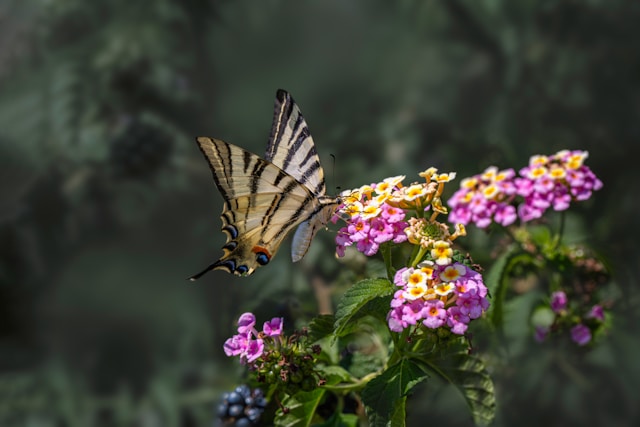
Native Heroes: Local Pollinators Matter More Than You Think
Honey bees get most of the spotlight (and okay, they deserve some love), but native pollinators like local bees, butterflies, moths even certain beetles and flies, are getting more recognition lately for their super important roles.
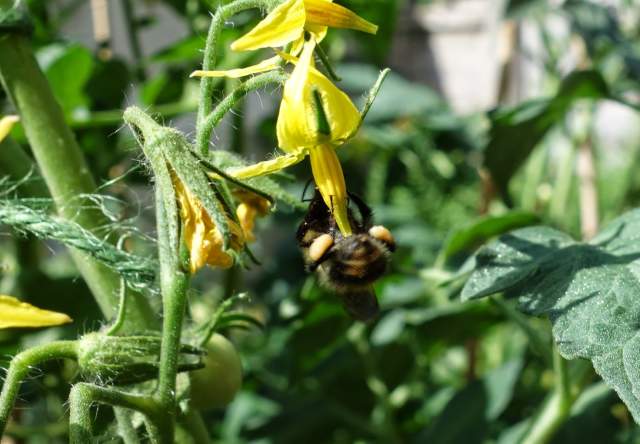
Let’s take bumblebees: they can do this thing called “buzz pollination” that tomatoes need, a trick honey bees just can’t pull off. Or think about certain flies being the main pollinators for cacao trees (yep that means chocolate owes them big time). These native species are perfectly adapted to local conditions and specific plants in their area.
Here’s where it gets interesting: when you have lots of different kinds of pollinators around (not just one species), farming systems become way more resilient. If one type struggles due to disease or weather changes, others can step in to pick up the slack. Sustainable farming practices like planting hedgerows or using fewer pesticides not only help crops but also give these native heroes safe places to live and feed.
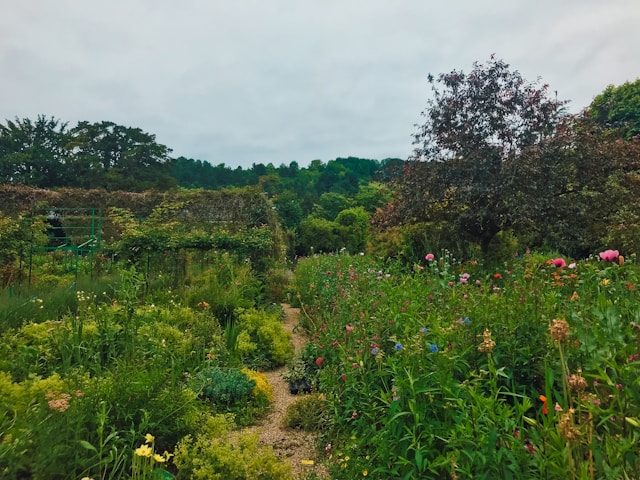
A Worrying Trend: The Insect Decline Crisis
Unfortunately, I wish I had better news here, we’re facing what scientists are calling an “insect apocalypse.” Insect populations worldwide are dropping fast, and this isn’t just bad news for bugs; it’s a huge threat to our food supply too.
Why is this happening?
- Habitat Loss: Cities grow bigger and farms get larger with fewer wildflowers or nesting spots left for pollinators.
- Pesticides: Chemicals designed to kill pests often hurt helpful insects too; some pesticides have even been linked directly to bee die-offs.
- Climate Change: Weather patterns shift so much that flowers might bloom before their pollinator friends even wake up from winter.
- Diseases & Parasites: Especially in managed bee colonies where illnesses spread quickly.
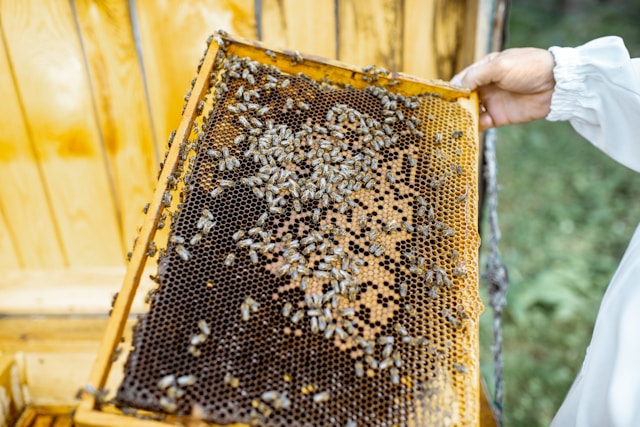
All told? The economic value provided by insect pollination each year runs into hundreds of billions globally so losing these services isn’t just sad; it hits everyone right in the wallet too.
Protecting Our Partners: Simple Steps That Make A Big Difference
Here’s the good part though it’s not too late! There are plenty of ways we can help save our insect partners if we start acting now:
- Plant Pollinator Habitats: Even a tiny patch with native wildflowers can offer essential food and shelter for bugs (your balcony counts!). The more places there are for them to feed and nest, the better.
- Cut Back On Pesticides: Choose organic when you can or support farms that use less chemicals overall. And avoid spraying anything toxic when flowers are blooming.
- Support Sustainable Farms: Look for farms using eco-friendly practices like cover cropping or keeping hedgerows intact, they’re great for both crops AND critters.
- Provide Nesting Spots: Leave some bare earth for ground-nesting bees or put up simple bee hotels made from hollow stems.
- Spread The Word: Talk with friends or neighbors about why these creatures matter or maybe convince your community garden to add a few more wildflowers!
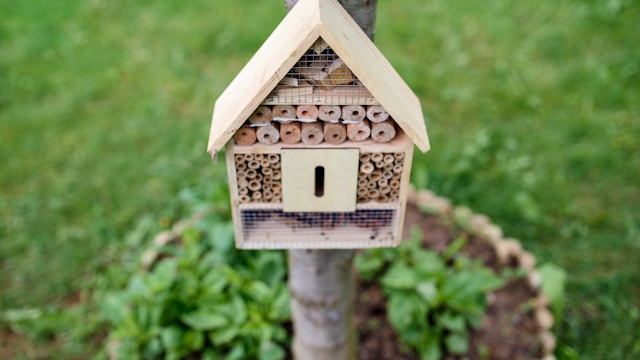
By taking these steps not just as individuals but together we help out not only bees and butterflies but every part of the natural system they support… which honestly circles back around to us too.
Our Shared Future Depends On Them
From helping wildflowers set seed through complex dance-like “pollination ecology,” to directly boosting our fruit harvests each summer, the value insects bring is impossible to overstate. They keep ecosystems stable and healthy while making sure supermarket shelves stay stocked with everything from apples to almonds.

So maybe next time you see a bee buzzing by or spot a butterfly resting on a flower, remember, you’re looking at one of nature’s hardest-working allies! Protecting them isn’t just good environmentalism; it’s investing in our own biodiversity places around the world, health and happiness.
What will you do today? Maybe plant something new in your garden? Skip buying produce treated with harsh chemicals? Whatever it is even if it feels small, it absolutely matters when it comes to saving these tiny giants who do so much behind the scenes!
